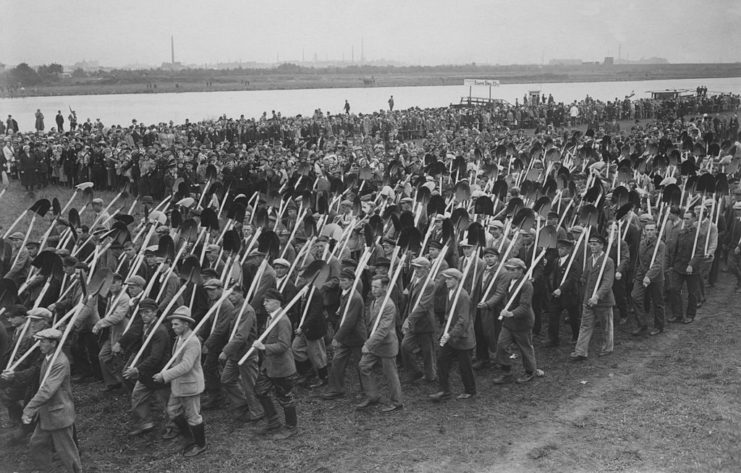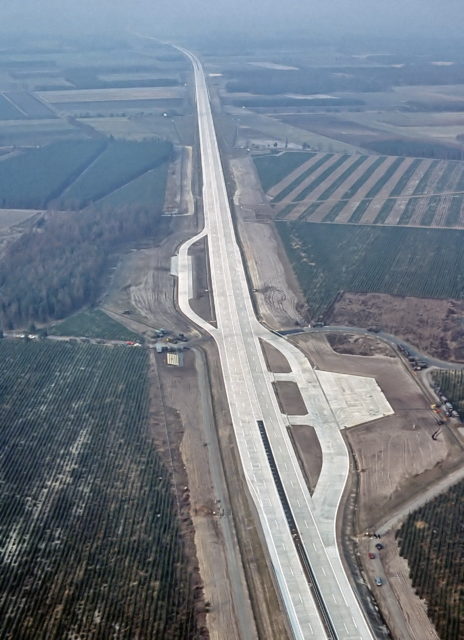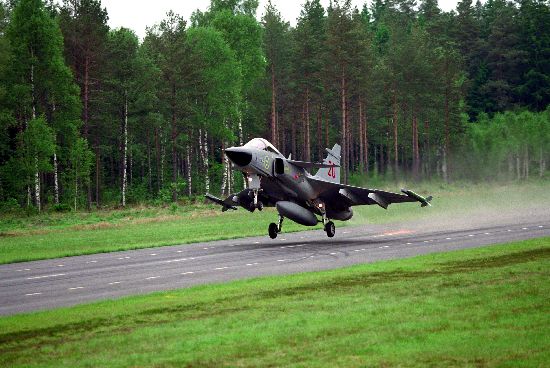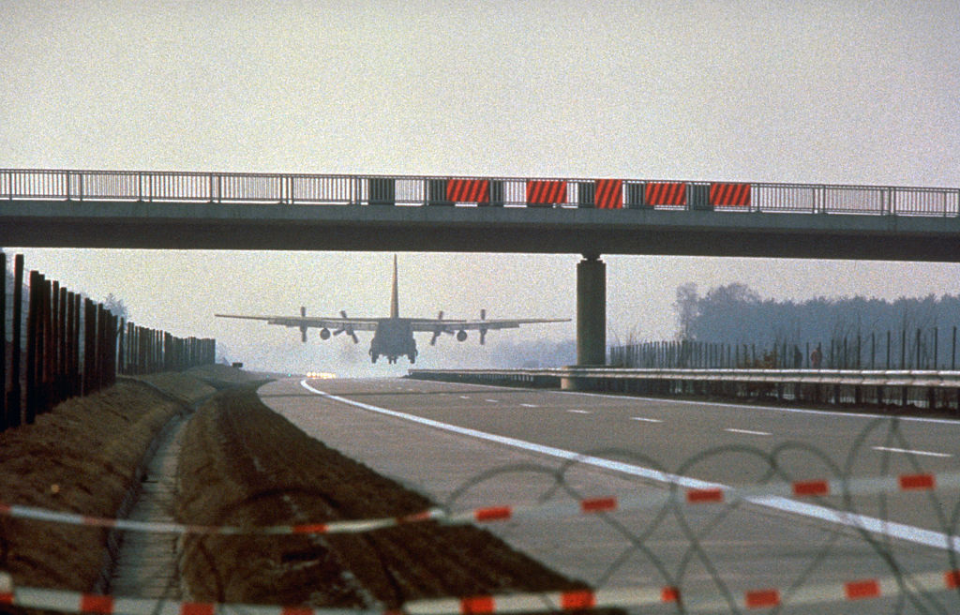Normally, spotting an airplane landing on a highway would signal a serious malfunction or an emergency situation. Yet in certain instances, no crisis exists at all. In parts of Europe and Asia, military strategists intentionally designed some highways to serve as temporary runways in the event of war.
These specially prepared roads, called “highway strips,” are long, straight segments of pavement built to accommodate aircraft. They often have no permanent barriers, or their dividers can be quickly removed. Reinforced for heavy loads, the surface can support the weight of military planes. While lighting and fencing are minimal or absent, any obstacles can be swiftly cleared by ground teams, allowing the highway to be operational for takeoffs and landings within minutes.
Reichsautobahn
The Reichsautobahn is one of the earliest examples of a highway strip. It was a series of highways built to provide a large, connected transportation system throughout Germany. The project was started in 1933 and was one many put in place by the government to make travel accessible to everyone. Citizens could drive their new Volkswagens on the expansive highway system.
This major project was also promoted as a way to reduce large unemployment numbers throughout Germany.

Roads were build from 1933-41, when the Second World War escalated. With German airbases under constant attack, the highway strip sections of the Reichsautobahn were a useful backup. It was later in the conflict when Germany started using these roads as runways for warplanes. They were also used, in one instance, for test flights of Messerschmitt Me 262s after their factories were bombed.
Modifications during the Cold War
It wasn’t until the Cold War that German highways were more readily modified for air traffic. Highway strips were used on both sides of the Iron Curtain. The Germans modified a number of existing highways, such as a segment near Ahlhorn, Germany, where NATO conducted the Highway 84 exercise.
These highway strips were usually located near existing airstrips, which meant aircraft could still land if their initially destination was bombed.

In West Germany in 1984, NATO commandeered a section of the Autobahn to practice landing skills. In the typical highway strip design, a moveable air traffic control tower was brought in. The drills were conducted to prepare pilots in case the Soviets bombed existing NATO airstrips.
NATO tested Fairchild Republic A-10 Thunderbolt IIs, Lockheed C-130 Hercules, McDonnell Douglas F-15 Eagles and General Dynamics F-16 Fighting Falcons over the course of roughly three weeks.
Other highway strips
Although numerous German highway strips were dismantled following the Cold War, many continue to exist and remain operational in other nations. Places like Poland, Singapore, Switzerland, Finland, Taiwan, and Australia all preserve sections of roadway that can be swiftly adapted into temporary airstrips when required.
Typically, these roads serve military functions, offering air forces alternative locations to land or launch aircraft if primary bases are damaged or inaccessible. Australia stands out as an exception: while some of its highways are designed for such conversions, they are utilized solely for civilian aviation rather than military purposes.

More from us: Atomic Annie: The Cold War-Era Cannon Capable of Firing a Nuclear Warhead
In Australia’s Outback, certain highways serve a dual purpose, acting as emergency airstrips for the Royal Flying Doctor Service. These temporary runways are crucial for reaching isolated communities quickly, cutting down the time needed to deliver critical medical care. When not in use for flights, the roads operate as standard thoroughfares for everyday traffic.
